Bean family representativebeans is an ancient plant, located in second place among leguminous crops in terms of nutrient content. In Russia, the plant was brought from Turkey by merchants as a decorative flower in the sixteenth century. And only after 200 years, the vegetable began to be grown for food. What types and varieties of grain vegetables exist now?
Content
Main characteristics
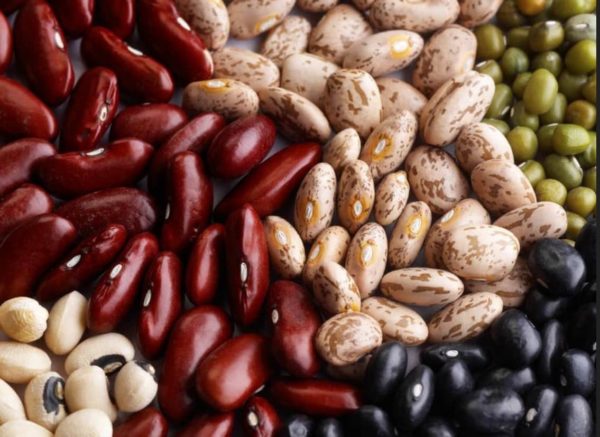 Legume dicotyledonous plant is the most common crop of its kind, an important food product. Beans have several types and many varieties, which differ in the structure of the fruit, color of leaves, grains. Both beans and plant pods are used for food.
Legume dicotyledonous plant is the most common crop of its kind, an important food product. Beans have several types and many varieties, which differ in the structure of the fruit, color of leaves, grains. Both beans and plant pods are used for food.
The culture is distinguished by green (sometimes with white specks) triple complex leaves that are located on long stems. Bean seeds are located in two connected thin cusps without an internal longitudinal septum. The grains are attached to the abdominal suture of the pod with short placicles. The color of the fruit depends on the variety of beans, it can be white, red and even blue-black.
The mature fruits of the plant contain all the vitamins of group B. Therefore, they are an indispensable product in the diet, in the diet of pregnant women. In addition, grains contain 20 amino acids involved in protein synthesis. When using the product:
- cholesterol level is reduced;
- blood formation improves;
- sugar level stabilizes;
- hemoglobin is produced;
- the nervous system normalizes;
- energy is rising.
Bean Species
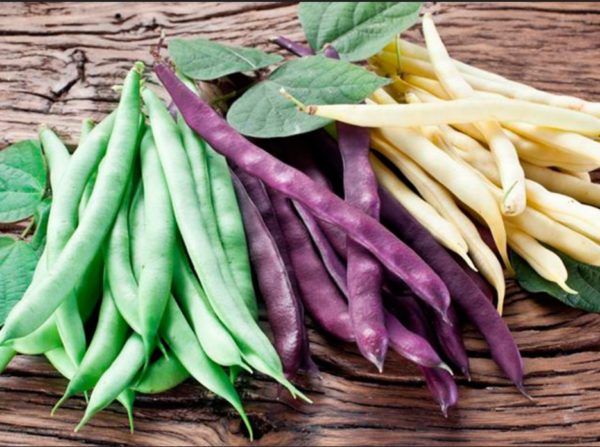 Botanists have discovered about 200 types of crops, and more than fifty varieties and hybrids of grain and asparagus beans have been created by plant breeders. Culture is divided into two groups:
Botanists have discovered about 200 types of crops, and more than fifty varieties and hybrids of grain and asparagus beans have been created by plant breeders. Culture is divided into two groups:
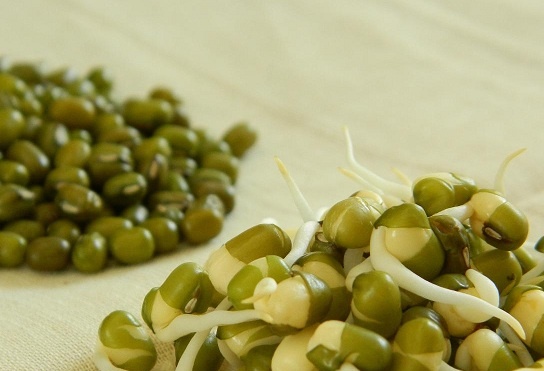 You may be interested in:
You may be interested in:- American Distributed in Europe, Russia, America. The plants of this group are distinguished by short horns with large grains having a small "nose".
- Asian Type of beans, which is characterized by very long horns, medium-sized grains. The plant is mainly cultivated in Asian countries. It is not common in Russia, Ukraine and Belarus.
The difference in the structure of the bush
By the nature of growth, botanists distinguish culture as:
- bush with compact undersized bushes with a height of not more than 70 cm. Varieties and hybrids are suitable for cultivation in the fields. They are distinguished by early fruiting and one-time yield of the crop, they easily tolerate severe climatic conditions. Therefore suitable for cultivation in regions with harsh climates;
- half-climbing, which is characterized by the growth of the stem to 1.2 m-1, 5 m in height. Such a culture is grown both with supports and without supports. Varieties and hybrids are suitable for cultivation in small suburban areas in all regions;
- climbing, stems which reach 5, 2 m-5, 8 m. The advantage of the lianoid culture is that when planting it not only saves space in small areas, but also decorates them.At the same time, it has a long growing season. Therefore, it is not recommended for cultivation in regions with adverse weather conditions.
Difference from the method of application
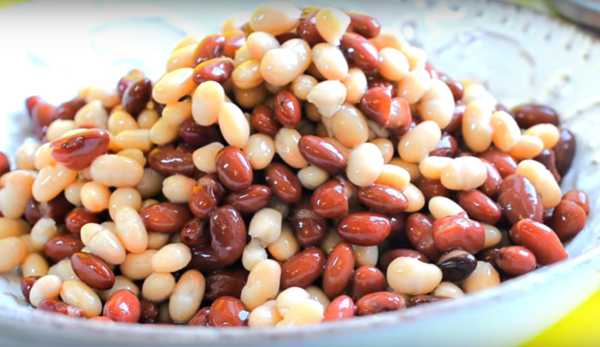 Depending on use, the culture differs as:
Depending on use, the culture differs as:
- shelling, in which only grains are used for food. The leaflets of such horns are very stiff, however, the fruits are very nutritious. All Grains beans are stored up to six to eight years;
- siliculose, whose leaves do not contain coarse fibers on the surface. Used to prepare dishes in the form of whole horns. In the stage of technical maturity, the leaflets are not eaten. Some types of green beans reach only 30 cm-40 cm during the growing season, others up to 2.5 meters;
- semi-sugar, not immediately forming a coarse transparent film on the inner surface of the fruit. There are no fibers in young shoulder blades, so they can be eaten as asparagus. However, at the stage of technical maturity, the horns become coarse, become inedible. Varieties and hybrids are considered universal, since both unripe pods and ripened beans are used in food;
- Chinese (vigna), which differs from the usual capsicum in large peduncles growing only upwards. It has powerful foliage, long shoulder blades reaching 65 cm. Beans are used for cooking, canning, and treatment of disorders of the gastrointestinal tract and kidneys. Raw vegetables are not consumed.
Color difference
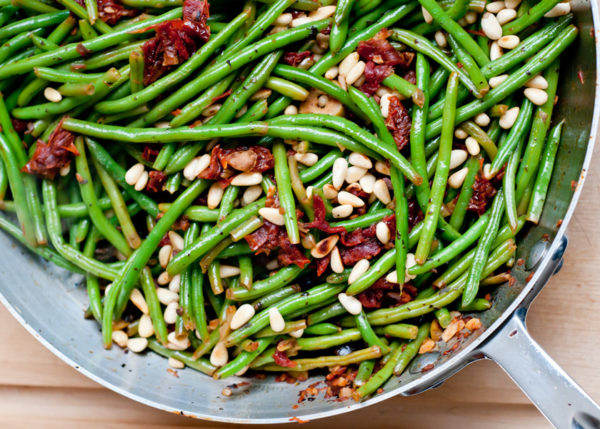 Varieties of cereal beans have grains of various colors. What shades of beans can be? Fruits can be snow-white, yellow-green, cherry, violet-black. Moreover, depending on the color, the fruits are slightly different in nutritional value. So, for example:
Varieties of cereal beans have grains of various colors. What shades of beans can be? Fruits can be snow-white, yellow-green, cherry, violet-black. Moreover, depending on the color, the fruits are slightly different in nutritional value. So, for example:
- yellow and white green beans reduce body fat. Contains calcium, magnesium, complex carbohydrates, fiber. When boiling, the vegetable boils quickly. Does not cause severe bloating;
- variegated cherry beans, which rejuvenates the body, restores metabolism, improves the functioning of the stomach, removes toxins from the body. Contains complex carbohydrates, vitamins, antioxidants. As well as amino acids that are needed for excellent health and are not able to be independently produced in the human body;
- black beans that contain a lot of coarse fiber. Coarse fibers help accelerate the process of lipase synthesis in adipose tissue, prevent stone formation in the gall bladder, and prevent the development of hemorrhoids and constipation;
- green and yellow beans have a high content of vitamin K. When using the product: improves the metabolism of calcium in the body, restores bone tissue and prevents the development of pathologies of the skeletal system.
Dates of sowing and ripening vegetables
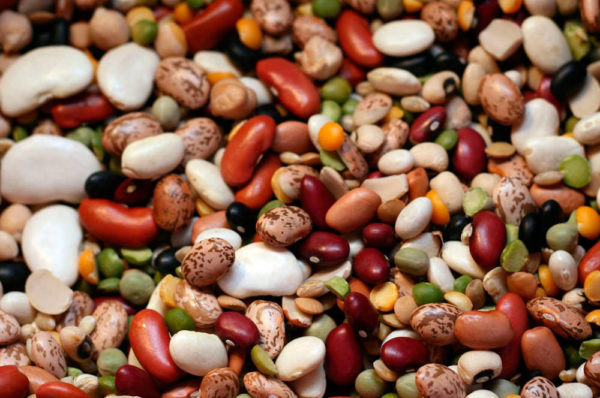 In order to collect a good crop from a plant, it is necessary to create favorable conditions for its growth and development. Each bean variety or hybrid grows only at a temperature of at least +16 degrees. In addition, in order to grow a healthy plant, it is worth choosing a well-lit area. Due to the fact that the culture does not tolerate frosts, sowing dates begin in early May. Planting seeds earlier than this time will cause the hatching sprouts to die.
In order to collect a good crop from a plant, it is necessary to create favorable conditions for its growth and development. Each bean variety or hybrid grows only at a temperature of at least +16 degrees. In addition, in order to grow a healthy plant, it is worth choosing a well-lit area. Due to the fact that the culture does not tolerate frosts, sowing dates begin in early May. Planting seeds earlier than this time will cause the hatching sprouts to die.
Harvesting vegetables depends on the type of crop and the characteristics of each variety.Sugar and green beans can be harvested fifteen days after flowering in the stage of milk ripeness. Shelling varieties should be collected at the stage of technical maturity after the blades are wilted. For early varieties, this period is 62-76 days, medium-late - 77-92 days after sowing seeds.
Varieties of beans for growing in different regions: table
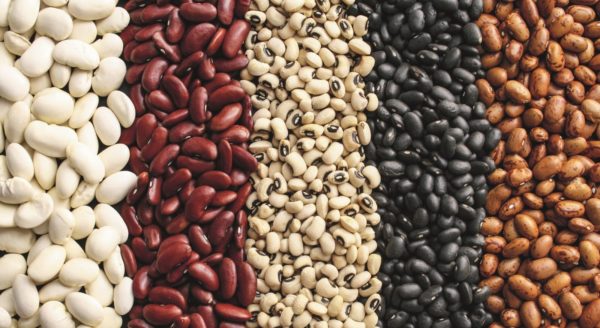 The technology for growing the plant does not depend much on the climatic zone. Differences are only in terms of sowing and harvesting. For each region, there is a variety or hybrid that is suitable for ripening. It should be borne in mind that haricot spruce bean is an unpretentious species. Suitable for cultivation in the middle lane, and for Siberia. Late-ripening varieties and hybrids grow well in risky farming regions only in film or arched shelters. The bean varieties described in the table with a photo and name will help farmers and summer residents to choose the best option.
The technology for growing the plant does not depend much on the climatic zone. Differences are only in terms of sowing and harvesting. For each region, there is a variety or hybrid that is suitable for ripening. It should be borne in mind that haricot spruce bean is an unpretentious species. Suitable for cultivation in the middle lane, and for Siberia. Late-ripening varieties and hybrids grow well in risky farming regions only in film or arched shelters. The bean varieties described in the table with a photo and name will help farmers and summer residents to choose the best option.
| Region | Suitable varieties | Ripening period | Grade description |
|
Midland and Moscow Region
|
Beauty | 69-79 days | Cereal beans Beauty has an original two-tone color of the fruit. Bushes are compact, reach a height of 60 cm. The variety is cold-resistant, resistant to diseases. |
| Fava (horse beans) | 64-70 days | Semi-sugar middle grade Asian beans. Suitable for eating milk scapula. In the stage of technical maturity, large light brown grains prepare Italian and Greek dishes | |
| Yin Yang | 69-76 days | Bush beans with original two-tone fruits. Compact bushes grow no more than 50 cm. Semi-sugar beans Yin-Yang are harvested in two stages: the first in the stage of milk maturity of the blades, the second in the technical maturity of grains | |
| Pinto | 68-73 days | Pinto bush beans have high yields. The plant is compact, reaches a height of 35 cm-45 cm. Medium-sized fruits of this variety look like motley beads. The motley color of the grains becomes uniform after cooking | |
| Ukraine | Red Riding Hood | 69-74 days | Bush beans, fruiting well throughout Ukraine. Large white seeds of Little Red Riding Hood beans have a cherry spot on their sides. Productive variety with good grain taste, resistant to pathogens and viruses |
| Fox yas | 62-68 days | Semi-sugar beans, characterized by a compact bush 48 cm-52 cm high. The variety has small gray fruits with white spots. Resistant to drought and most viral diseases. | |
|
Krasnodar region
|
Chocolate girl | 82-102 days | A medium-late plant that is resistant to shedding of ovaries and drought. Chocolate bean variety is resistant to anthracnose and bacteriosis. It has fruits of light coffee color, is well stored, does not need processing. |
| Royal | 87-96 days | Late variety with huge spotted fruits. Royal Beans are distinguished by a powerful growth force, in a short time they braid any support. Large beans, grains of which contain a large amount of protein | |
| Ruby | 89-102 days | Late variety resistant to shedding of ovaries and bacteriosis. Rubin Bean is notable for its low growth of up to 45 cm and bright bard medium-sized kidney-shaped fruits | |
|
Ural and Siberia
|
Kidney | 74-79 days | A climbing plant reaching a height of 500 cm. Needs support. Light cherry Kidney bean fruits reach 1, 2 g. After cooking, the color of the beans changes to light pink. Suitable for home and industrial canning, long-term storage |
| Swallow | 55-57 days | Ultra early bush type plant. It grows well only in sunny drafts protected from drafts. The white beans of the Swallow are kidney-shaped, reach 2.5 g. The variety does not need support | |
| Ultra early | 40-43 days | A very early type of yellow string bean. Is the best Siberian variety of string beans for outdoor cultivation. It is characterized by tender shoulder blades without parchment layer, small snow-white fruits. Used for canning, freezing, storage | |
| Sweet courage | 45-55 days | Yellow beans have a compact bush, long green pods and bright yellow cylindrical motley grains. High in Vitamin K | |
| Sax | 45-55 days | Green beans with delicate sugar fruits. Suitable for growing throughout the Urals and Siberia. We love gardeners for early maturity and friendly return of the crop. Variety of asparagus beans with medium-sized snow-white sweet grains |
Reviews
Gardeners growing beans in their plots share their impressions. Here are some reviews:
Eugene Norilsk
In our climate, cold and risky for agriculture, it is difficult to grow vegetables without shelter. However, my wife and I decided to plant beans intended for cultivation in the Siberian regions on the site. After looking on the Internet a large number of photos of beans with names, they chose varieties for themselves: Sax and Swallow. They did not regret their choice, since the beans were harvested worthy even without a film of plants.
Marina Krasnodar
In the suburbs of Krasnodar, my husband and I bought a summer house, growing various vegetables on the site. Moreover, due to the fact that we came to the cottage only once a week, we collected a small crop of vegetables. Recently, a neighbor gave us to plant Rubin beans, promising that we will be able to harvest even without water. After planting seeds, 1, 5 months have passed. Planted bushes even without sufficient watering formed a lot of pods. Therefore, we will definitely not be left without a crop.
To get a decent crop of beans, you should not only master the agricultural technology of growing vegetables. But it is also important to choose a variety or hybrid suitable for cultivation in a particular region.

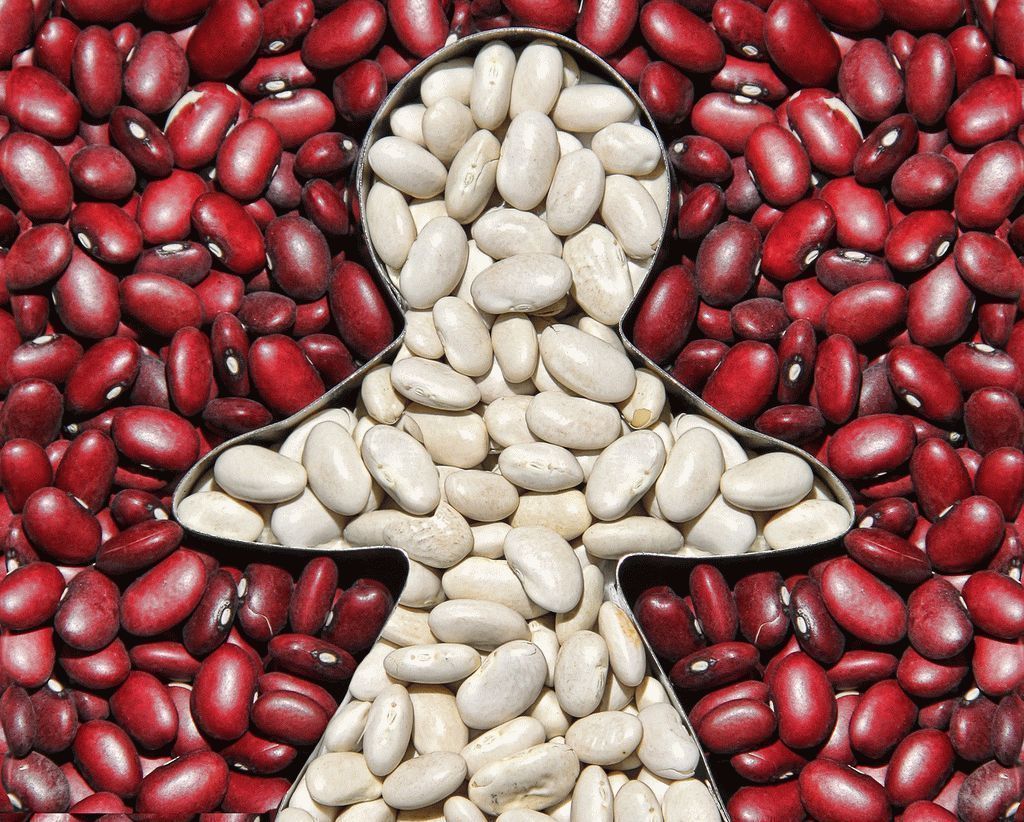
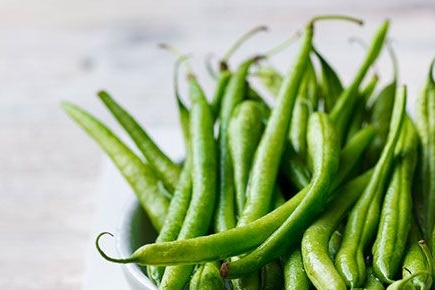
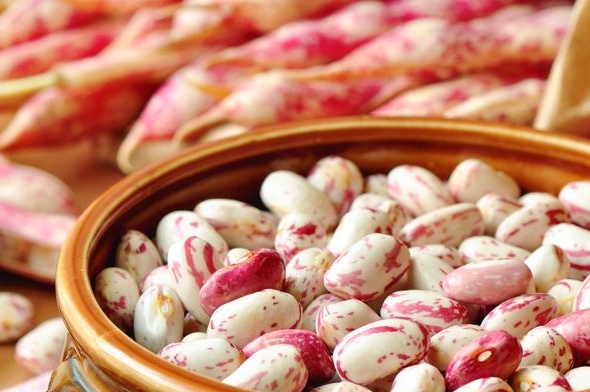
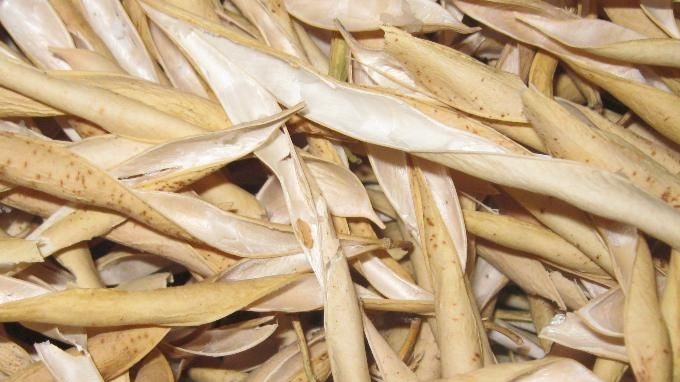 Bean flaps: useful properties, contraindications, benefits and harms
Bean flaps: useful properties, contraindications, benefits and harms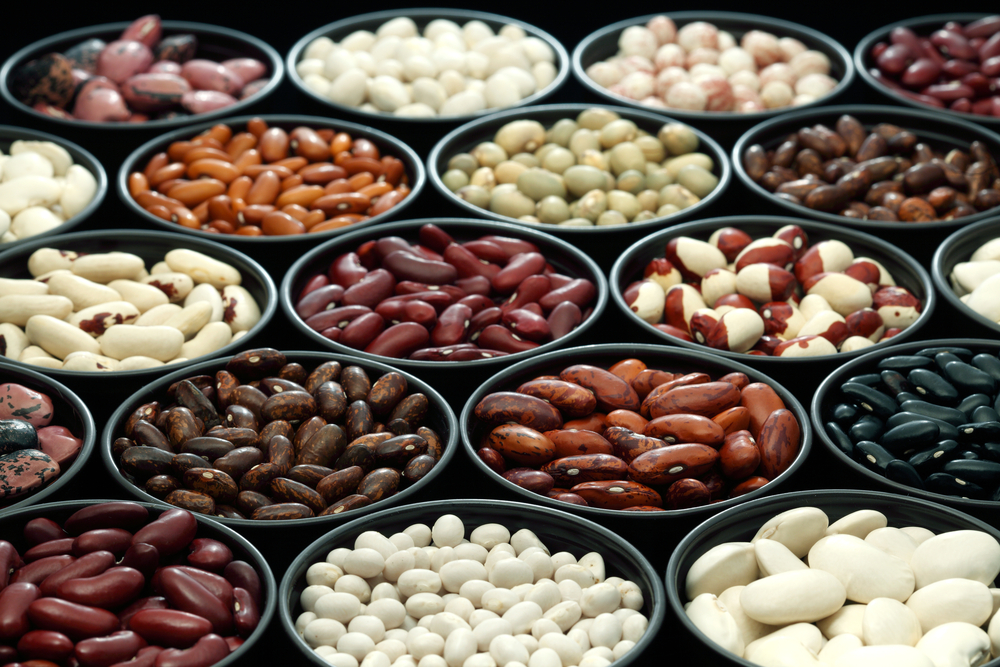 Beans for the body: composition, benefits, contraindications
Beans for the body: composition, benefits, contraindications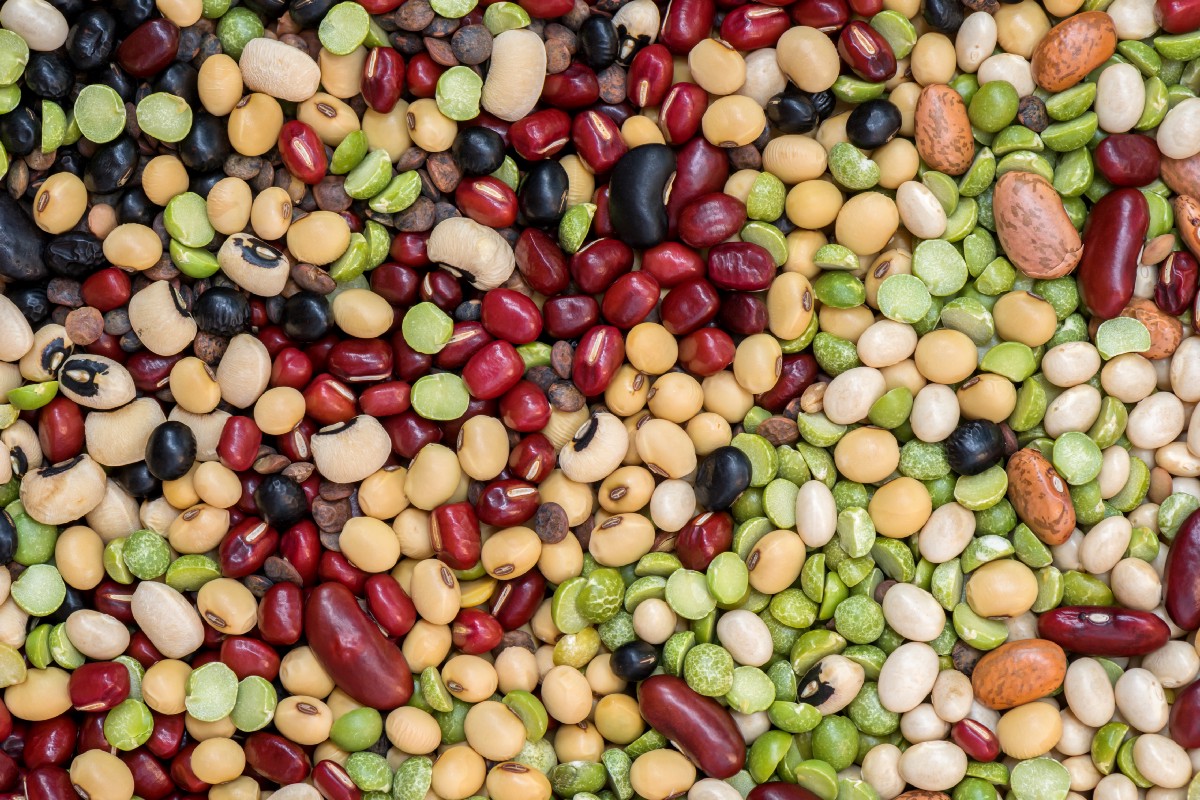 Types and varieties of beans: their name, description and photo
Types and varieties of beans: their name, description and photo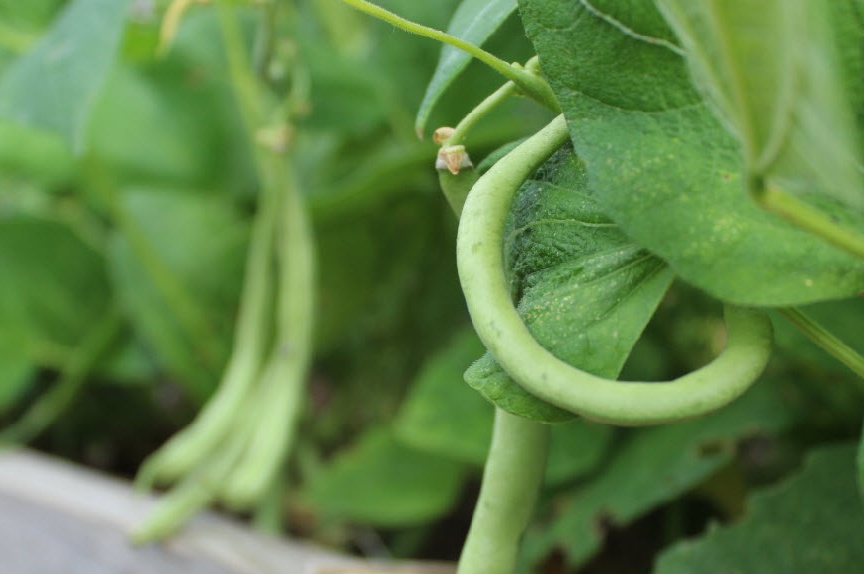 Description and photos of popular varieties of asparagus beans
Description and photos of popular varieties of asparagus beans